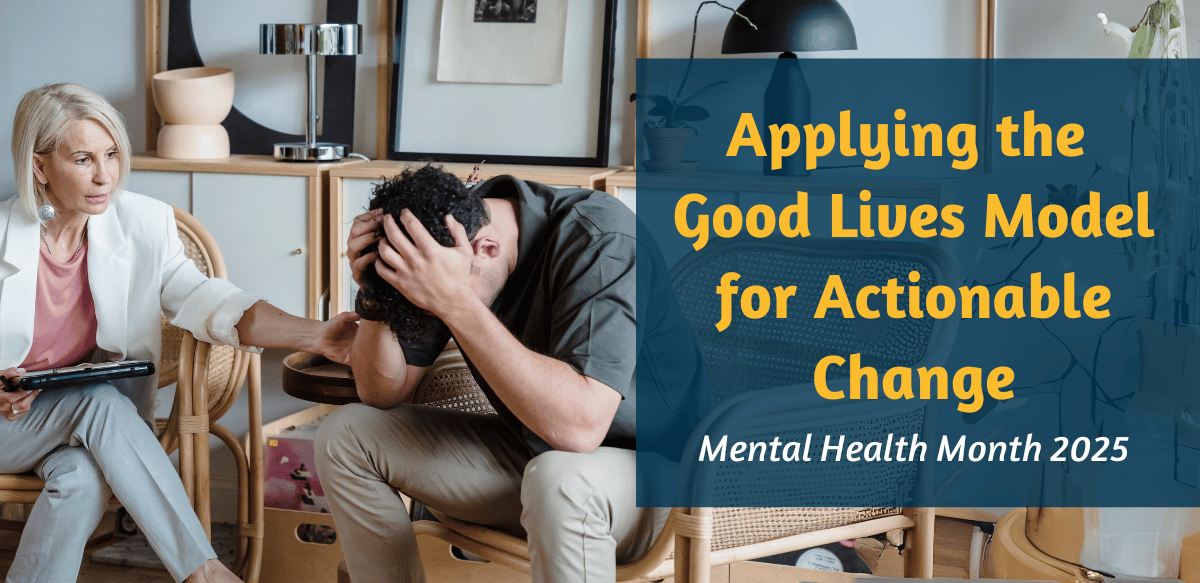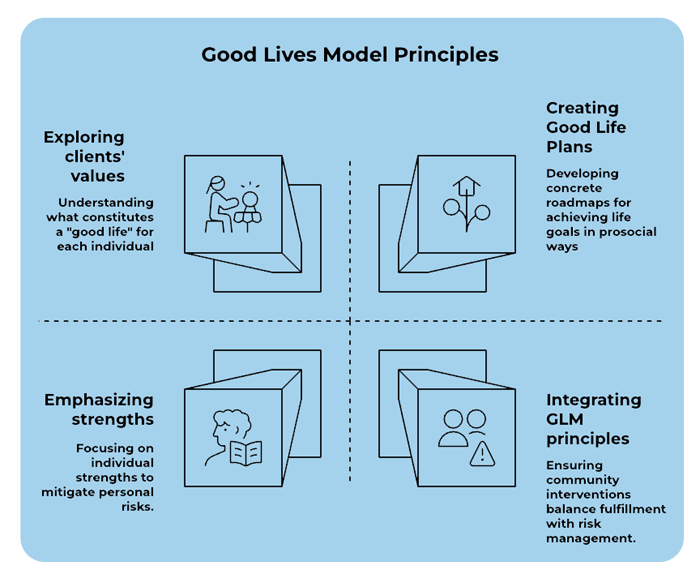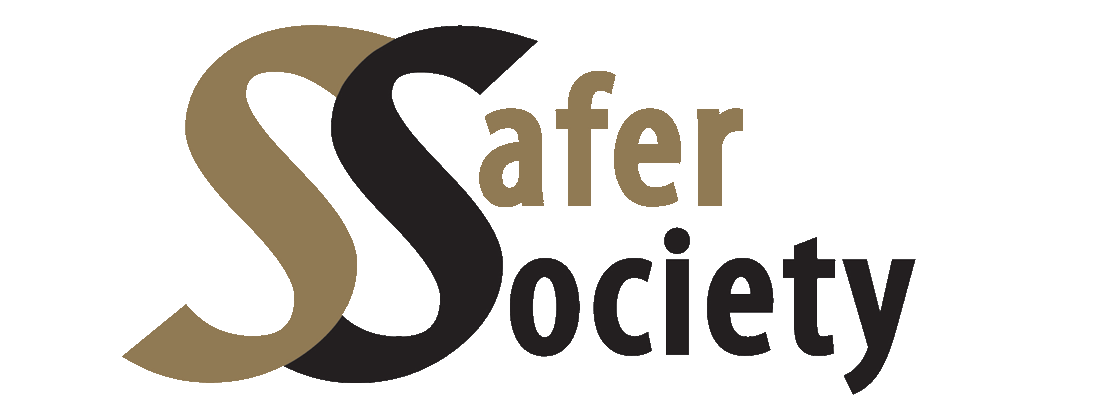
May is observed nationally as Mental Health Month, a dedicated time for professionals and communities to focus on promoting wellbeing. This year, Mental Health America (MHA) has chosen the theme “Turn Awareness into Action,” underscoring the need to move beyond simply recognizing emotional and psychological challenges and taking concrete steps toward positive change.
As highlighted in MHA’s 2025 Mental Health Month Planning Guide, “In a world where mental health challenges affect millions, awareness is just the beginning. This year, we’re taking a bold step forward with our theme: ‘Turn Awareness into Action.’ It’s time to transform understanding into tangible support, compassion into concrete steps, and intentions into real-world impact.”
What might these concrete steps include?
- Policy Advocacy: Participating in events like town halls or advocacy days to address mental health policy needs
- Resource Sharing: Actively connecting people with mental health resources in your organization or community
- Wellness Promotion: Creating personal wellbeing plans and encouraging participation in mental health workshops
While these actions offer clear pathways for transforming awareness into meaningful progress, the question remains: how can professionals best support lasting, positive change in the lives of those they serve? One answer lies in adopting frameworks that move beyond risk management to actively foster wellbeing and personal growth.
Safer Society recognizes that identifying problematic behaviors is just the starting point for preventing sexual harm. We turn awareness into action by developing and sharing resources that help professionals address challenging behaviors. By supporting a range of frameworks, including the Good Lives Model (GLM), Safer Society aims to offer practical tools and educational opportunities that strengthen everyday work with clients.
The Good Lives Model: A Framework for Change
The GLM approach emphasizes building better lives rather than solely focusing on problematic behaviors. As the Director of Safer Society’s Continuing Education Center, David Prescott, explains:
If we only focus on the risk factors that we need to reduce, then we are not thinking about all of the strengths that we should enhance. In the past, we existed in a culture where that kind of thinking was ruled out, because it was well known that what we needed to do in treatment was a) get somebody to admit that they had done it, and then b) help them develop a list of everything that they were never going to do again in the future. The indirect message was, ‘You’ve abused people. You’re going to be a sex offender the rest of your life. So you have to work to manage your risk factors for the rest of your life.’ And yet, at the same time we were trying to help them become something different.
The GLM helps clients understand their desire to achieve common life goals (or “primary human goods”) and develop prosocial ways to achieve those objectives.
Dr. Gwenda Willis articulates the model’s dual focus:

The good lives model has two overarching goals: one is to reduce or to manage the risk of re-offending; the other is to help clients have fulfilling lives. We do not ignore the first goal, which remains very important, but equally important is the goal of supporting clients as they seek to achieve psychological wellbeing.
Practical Applications for Professionals
For practitioners, implementing “Awareness into Action” through the GLM means:
- Exploring clients’ values: Understanding what constitutes a “good life” for each individual
- Emphasizing strengths: Building on positive attributes rather than focusing solely on deficits
- Helping clients create “good life plans”: Developing concrete roadmaps for achieving life goals in prosocial ways
- Integrating GLM principles: Ensuring that interventions promote fulfillment alongside risk management
Additional strategies and tools for implementation include:
- Assessment: Using tools such as the GLM Current Life Analysis and Primary Human Goods Acquisition Analysis to assess clients’ current functioning in relation to the 11 primary human goods, identifying both strengths and area for growth.
- Obstacles Analysis: Examining internal and external barriers that may hinder clients from achieving their goals and developing strategies to address these obstacles.
- Future-Oriented Planning: Replacing traditional relapse prevention plans with integrated, future-orientated good life plans that center on clients’ valued goals and the skills needed to achieve them.
- Engagement and Motivation: Focusing on positive aspirations and future potential to better engage clients in the rehabilitation process and encourage sustained commitment to change.
By incorporating these practical strategies and tools, professionals can move beyond risk management to support clients in building meaningful, prosocial lives—truly turning awareness into action.
From Recognition to Meaningful Change
This Mental Health Month, let’s embrace the call to “Turn Awareness into Action.” By moving beyond acknowledging mental health’s importance to actively engaging in supportive practices, we create more compassionate environments. For professionals working with individuals with problematic behaviors, frameworks like the GLM offer effective paths to facilitate lasting positive change for clients.
Explore Safer Society’s GLM resources and join us in building a future where everyone can thrive.
- On-Demand Trainings and Webinars:
- Workbooks:
- Professional Guidebooks:
